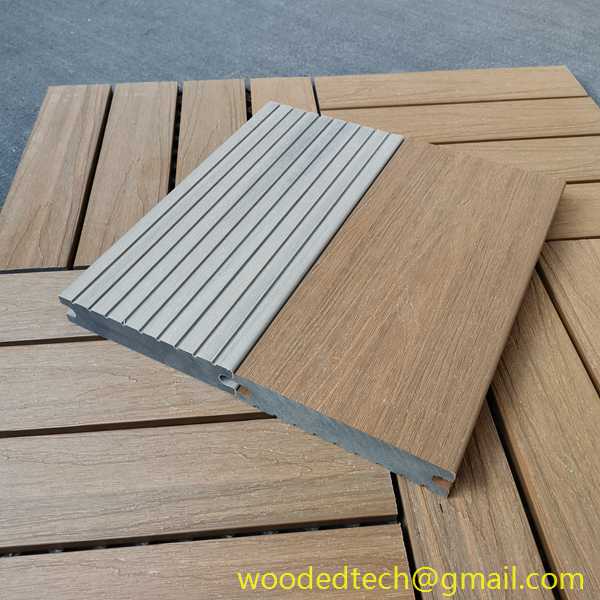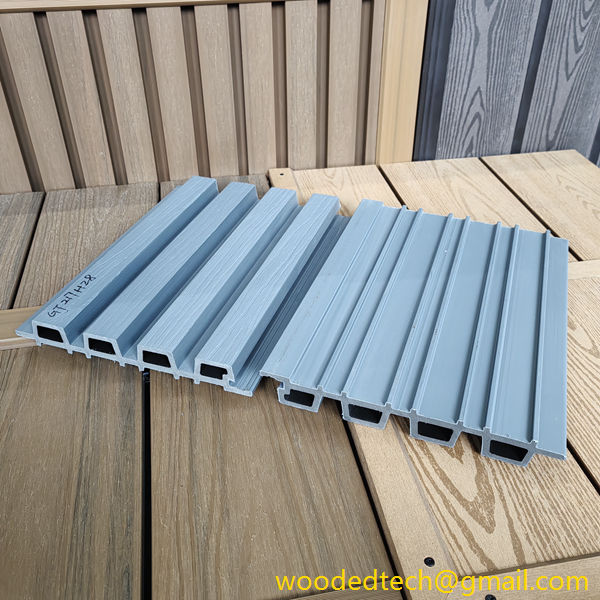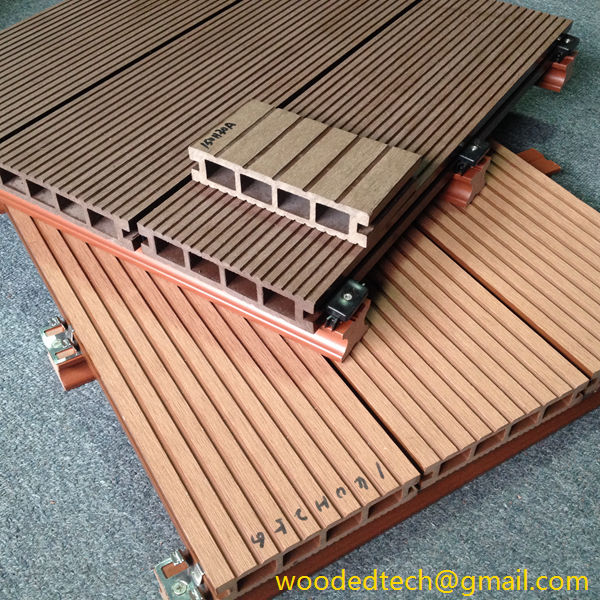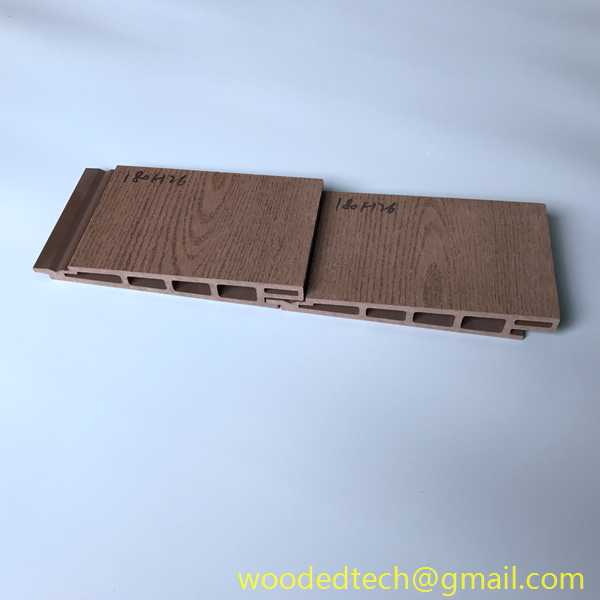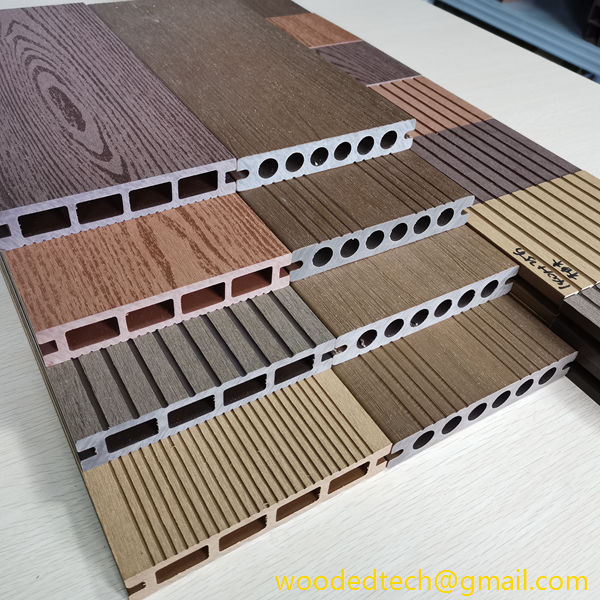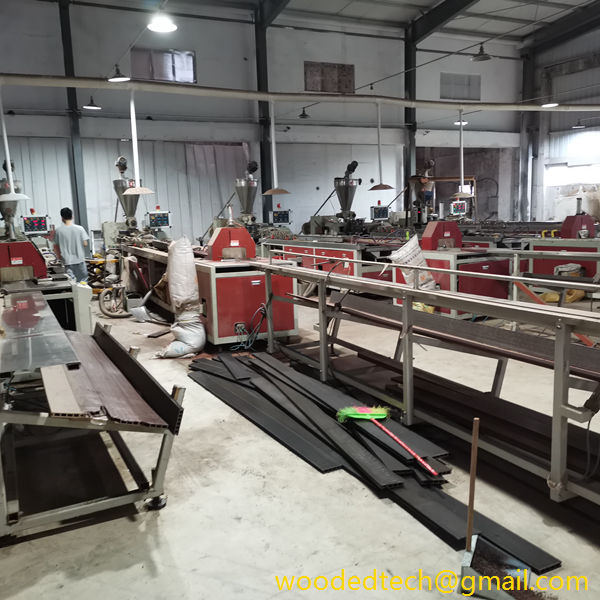WPC Wood Cladding Wall Styles
WPC, or Wood Plastic Composite, has gained significant popularity in recent years as a versatile material for cladding walls. Its unique blend of wood fibers and plastic offers a range of benefits that make it an ideal choice for both residential and commercial applications. Understanding the different styles of WPC wood cladding, as well as the installation and maintenance aspects, is essential for maximizing the longevity and aesthetic appeal of these wall coverings.
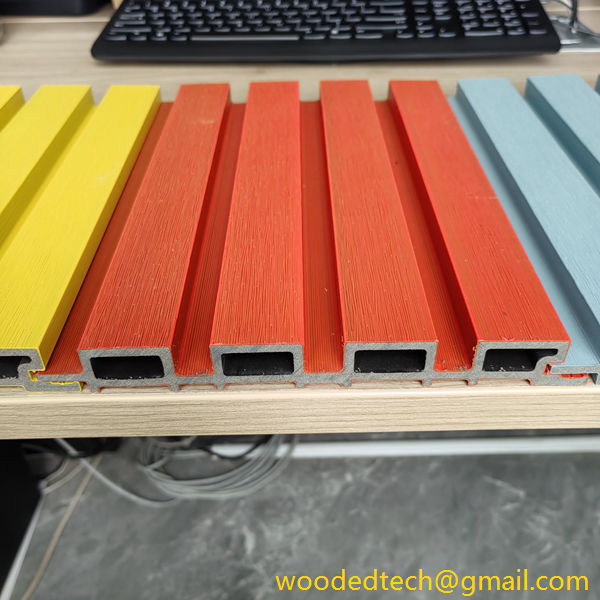
When selecting a style for WPC wood cladding, it is crucial to consider the overall design of the space. WPC cladding comes in various finishes and colors, allowing homeowners and designers to choose a style that complements the architecture and interior design of the building. Some popular styles include horizontal and vertical slats, which can create a modern and sleek appearance. Additionally, WPC cladding can mimic the look of natural wood, providing the warmth and texture associated with traditional timber without the associated maintenance concerns.
Installation of WPC wood cladding requires careful planning and execution to ensure a successful outcome. First, it is important to prepare the wall surface properly. This may involve cleaning the surface and ensuring it is free from debris, moisture, or any other contaminants. If the wall is uneven, it may be necessary to install furring strips to create a level surface for the cladding.
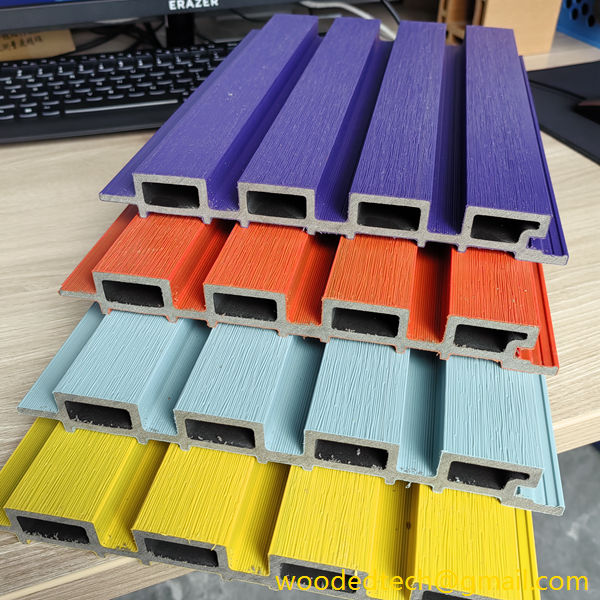
Next, it is essential to follow the manufacturer’s guidelines regarding spacing and fastening. WPC cladding typically requires specific screws or fasteners that are designed to accommodate the material’s expansion and contraction. This is crucial, as improper fastening can lead to warping or buckling over time. Additionally, maintaining proper spacing between the boards allows for adequate airflow, which is vital for preventing moisture buildup that can lead to mold and mildew growth.
Once the cladding is installed, regular maintenance is necessary to ensure its longevity. One of the primary advantages of WPC wood cladding is its resistance to rot and decay, which makes it an excellent choice for exterior applications. However, like any material, it still requires care to maintain its appearance. Regular cleaning with mild soap and water can help remove dirt and grime that may accumulate over time. It is advisable to avoid harsh chemicals or abrasive cleaning tools, as these can damage the surface of the cladding.

Inspecting the cladding periodically is also an essential part of maintenance. Look for any signs of damage, such as cracks or loose boards, and address these issues promptly. If any boards are damaged beyond repair, replacing them as soon as possible will help maintain the overall integrity and appearance of the wall.
Another critical aspect of maintenance involves protecting the WPC wood cladding from direct sunlight. While WPC is designed to resist fading, prolonged exposure to UV rays can still impact its color over time. Applying a UV protectant or sealant can help preserve the color and finish of the cladding. It is advisable to consult with the manufacturer for recommendations on the best products to use.
In addition to these maintenance practices, it is also essential to consider the surrounding environment. For instance, if the cladding is located in an area with high humidity or extreme weather conditions, additional precautions may be necessary. Ensuring proper drainage and ventilation can help prevent moisture-related issues, which are crucial for maintaining the integrity of the cladding.
In conclusion, WPC wood cladding offers an array of styles that can enhance the aesthetic appeal of any space. With proper installation and regular maintenance, these wall coverings can provide both beauty and durability. By understanding the specific requirements for installation and upkeep, homeowners and builders can ensure that their WPC cladding remains in excellent condition for many years. Whether for residential or commercial use, WPC wood cladding stands out as a sustainable and attractive option that meets modern design needs while minimizing long-term maintenance challenges.

